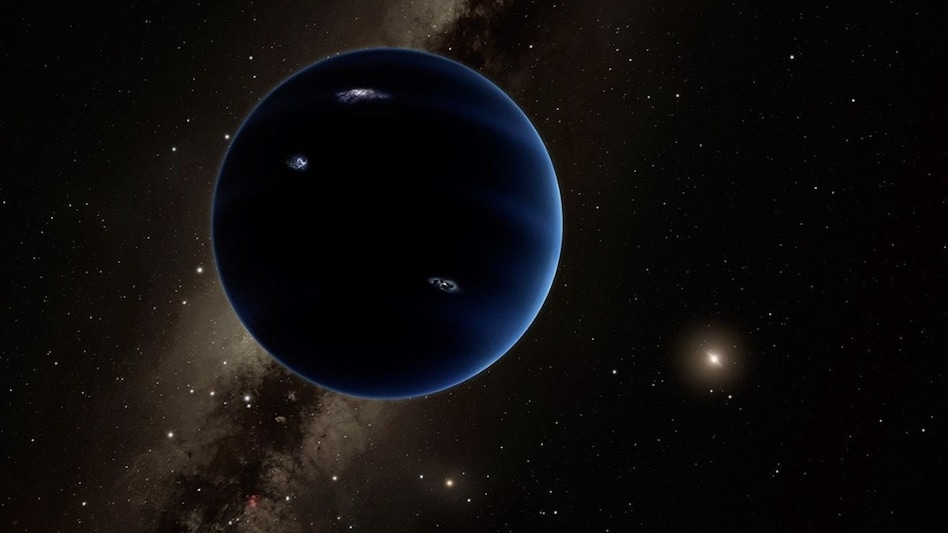 According to the data, the object is situated between 46.5 billion and 65.1 billion miles from Earth — about 14 times farther than Pluto at its closest. That’s roughly 0.008 to 0.011 light-years away. (Photo: NASA)
According to the data, the object is situated between 46.5 billion and 65.1 billion miles from Earth — about 14 times farther than Pluto at its closest. That’s roughly 0.008 to 0.011 light-years away. (Photo: NASA)
 According to the data, the object is situated between 46.5 billion and 65.1 billion miles from Earth — about 14 times farther than Pluto at its closest. That’s roughly 0.008 to 0.011 light-years away. (Photo: NASA)
According to the data, the object is situated between 46.5 billion and 65.1 billion miles from Earth — about 14 times farther than Pluto at its closest. That’s roughly 0.008 to 0.011 light-years away. (Photo: NASA)Pluto may have lost its planetary status, but the solar system might not be done adding to its roster. Astronomers from Taiwan, Japan, and Australia now claim to have uncovered fresh evidence of a mysterious celestial body lurking far beyond Neptune — one that could even harbour life.
For years, space scientists have made headlines uncovering cosmic wonders — from trillion-dollar asteroids to Earth-threatening rocks and deep-space water pools. Yet one enigma has continued to nag them: the elusive Planet X, also dubbed Planet Nine.
Originally proposed by Caltech astronomers Konstantin Batygin and Mike Brown, Planet X was believed to exist in the farthest reaches of the solar system. Despite persistent speculation, NASA has maintained there is no official discovery.
Now, new findings yet to be peer-reviewed offer more weight to the theory. The team behind the research used data from two infrared satellites to track object displacement over decades. They observed a slow but consistent drift of an object across three 'arcminutes' per year, a tiny sliver of sky movement that they believe is Planet X.
According to the data, the object is situated between 46.5 billion and 65.1 billion miles from Earth — about 14 times farther than Pluto at its closest. That’s roughly 0.008 to 0.011 light-years away.
At that distance, a spacecraft would take about 305 years to reach it. Once there, a single orbit of the Sun would last between 10,000 and 20,000 Earth years due to its massive elliptical path.
The planet is estimated to have a mass 7 to 17 times that of Earth and could resemble Neptune or Uranus in its icy structure, with temperatures dipping to between -220°C and -245°C.
Intriguingly, scientists believe it could support extremophiles — microorganisms capable of surviving extreme conditions, potentially making it a remote but viable candidate for life in the solar system.
The find follows the recent discovery of a habitable Earth-like planet 124 light-years away, though reaching that world would take nearly 5 million years using current spacecraft technology.